Leh Palace : A Glimpse into Ladakh’s Royal Past
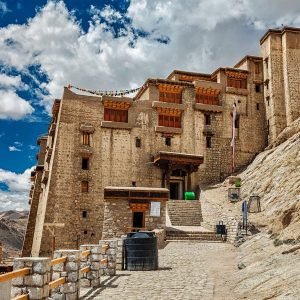
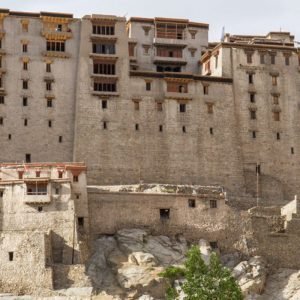
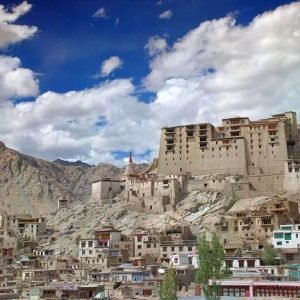
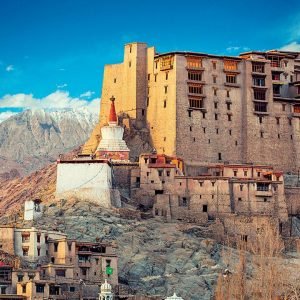
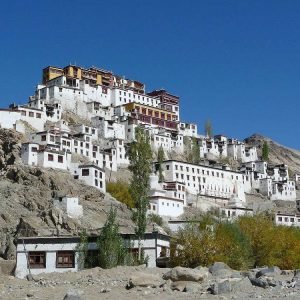
Table of Contents
ToggleLeh Palace, perched high above the town of Leh in Ladakh, India, is a magnificent historical monument that whispers tales of a bygone era. This 17th-century marvel, which stands in silent grandeur against the backdrop of the snow-capped Himalayan peaks, offers a fascinating glimpse into the rich cultural heritage of Ladakh. Leh Palace is one of the most iconic landmarks of the region, and for those who love history, culture, and breathtaking natural beauty, it is a must-visit destination. This blog explores the majestic Leh Palace, its history, significance, architectural beauty, and how it continues to captivate travelers from around the world.
The Majestic History of Leh Palace
Leh Palace was constructed in the 17th century by King Sengge Namgyal, who was the ruler of the Namgyal dynasty, which ruled Ladakh once. The palace was initially built to reflect the magnificence of the Potala Palace in Lhasa, Tibet, indicating that Ladakh is very much part of Tibetan culture and traditions. The palace is an excellent example of Tibetan architecture, as it incorporates the aspects of Buddhist culture and the conventional Ladakhi methods of building.
The palace had been the royal abode of the Namgyal dynasty for centuries. At its peak, it accommodated the royal family, nobles, and armed forces. However, the deterioration of the palace started taking place after the royal family left the palace in the 19th century following a change in political circumstances in the region and vulnerability to invasions.
Despite the passage of time, Leh Palace remains a symbol of Ladakh’s royal past, offering visitors a peek into the lifestyle of the region’s former rulers. The palace’s rich history, combined with its stunning location and architecture, makes it one of the most significant historical sites in Ladakh.
Architectural Marvel of Leh Palace
Leh Palace architecture is one of the most beautiful aspects of the palace. The structure is constructed on a hilltop, with its towering walls and traditional Tibetan-style architecture reflecting the Buddhist influences that shaped Ladakh’s cultural heritage. The design of the palace is highly inspired by the Potala Palace in Tibet, with massive walls, sloping roofs, and prayer flags fluttering in the wind.
The palace is a multi-storey building made of mud, wood, and stone. The main building consists of nine floors, each with a different purpose during the royal period. The upper floors were for the royal family, whereas the lower floors accommodated servants, military officials, and other administrative staff. Leh Palace is famous for its beautifully carved woodwork, especially the windows, from where one can view the whole town of Leh, the Indus River, and the great mountains surrounding this region.
The most impressive feature of this palace is its balconies and terraces, which offer breathtaking views of the valley. It is a view to watch when the sun sets. Leh town and its environs are all seen bathed in golden light at sunset.
The interior of Leh Palace is no less interesting. Centuries have gone by with much of the original furniture and decor lost, and yet, remains of intricate murals, paintings, and Tibetan-style artworks adorn the walls here, giving a glimpse into that artistic and cultural richness of times. The palace also stores some important Buddhist artifacts here, such as statues, prayer wheels, and manuscripts, which reflect the spiritual values of the region.
Leh Palace and Its Role in Ladakhi Culture
Leh Palace is significantly important culturally to the people of Ladakh. It is a historical monument, but as a cultural icon, it does represent something very unique from the rest of the Ladakh region. Ladakh is famously known as “Little Tibet.” It has received a heavy influence from Tibetan culture and Buddhism since time immemorial. Such an influence is shown in Leh Palace’s designing and architecture, which speaks of typical Tibetan architectural values and expressions.
Beyond being a symbol for the royal residence, Leh Palace is much more than that to the people of Ladakh. It embarks on the history of the region and its royal standing, also exhibiting strong relationships with Tibetan Buddhism. The palace is also a fundamental center of preserving Ladakhi culture and its passage of time. Many local festivals and cultural events take place in and around the palace and welcome locals and tourists who are eager to learn about the traditions of the region.
In recent years, efforts have been made to restore and preserve Leh Palace. The Archaeological Survey of India, in collaboration with local authorities, has worked on several restoration projects to maintain the integrity of the structure. These efforts have helped Leh Palace retain its grandeur and historical charm, ensuring that future generations can continue to appreciate this magnificent piece of Ladakhi heritage.
The Scenic Location of Leh Palace
Leh Palace is located at an elevation of 3,500 meters (11,500 feet) above sea level, making it one of the highest palaces in the world. Its position atop Tsemo Hill allows visitors to have a panoramic view of the town of Leh, the Indus Valley, and the snow-capped Himalayan peaks. This fantastic location makes Leh Palace a great historical landmark and photographer’s paradise, as well as for nature lovers and adventurers.
The views from the palace are breathtakingly beautiful, especially at dawn and dusk. During sunrise, the first light of the day casts a golden glow on the snow-covered peaks, and the palace and the landscape around it. At sunset, the sky turns into a canvas of fiery reds and oranges, creating a magical atmosphere around the palace. The Leh Palace offers some of the most scenic views in the entire region to its visitors.
The location of the palace also makes it an excellent place for hiking and trekking. The journey to the palace takes a short but steep climb up the hill. That way, trekkers get the chance to have a close-up view of Ladakh’s natural beauty. Along the way, they may be able to observe various local flora and fauna. Additionally, they can appreciate a panoramic view of Leh town and the Indus Valley.
Visiting Leh Palace: What to See
Leh Palace is a site that is visited every time of the year though the summer months between May and September are the best ones when the weather is excellent and snow has melted, providing even clearer views of the surroundings. The temperature during winter becomes more challenging to tourists in regard to the exploration of this palace. However, those who decide to go to Leh during winter will see the snow-clad landscapes of the region in serene beauty and relatively fewer crowds, making it a perfect time for quiet contemplation and exploration.
Visitors can explore Leh Palace on their own or take the help of a local guide who can enlighten the visitor about the history, architecture, and cultural importance of the palace. While the interior of the palace is largely empty today, it still offers a fascinating journey through the past. The murals, artwork, and artifacts that remain offer valuable insights into the lives of the royal family and the culture of Ladakh during the Namgyal dynasty.
Nearby Attractions and Activities
While Leh Palace will always be the highlight of any trip to Leh, the town and the surrounding areas have much else for the tourist to see and experience. Some of the other must-visit destinations around Leh include:
Shanti Stupa: This is a peaceful Buddhist monument located on a hilltop just outside Leh, which offers spectacular views of the town and surrounding valley. It is a symbol of peace and harmony and is an excellent spot for watching the sunrise or sunset.
Hemis Monastery: Hemis Monastery is about 40 kilometers from Leh. It is one of the largest and most important Buddhist monasteries in Ladakh. The monastery hosts the annual Hemis festival, where people celebrate with traditional dances, music, and vibrant festivities.
Pangong Lake: About 160 kilometers from Leh, Pangong Lake is a stunning high-altitude lake known for its crystal-clear waters and breathtaking beauty. The lake has gained popularity thanks to its appearance in Bollywood films, making it one of the most visited spots in Ladakh.
Nubra Valley: It is a beautiful region to the north of Leh, known for its sand dunes, monasteries, and unique culture. It is a place with the famous Diskit Monastery and offers opportunities for trekking, camel rides, and exploration of unique landscapes.
Trekking and Adventure: Ladakh happens to be the paradise of adventurous lovers. With rough hilly tracks, huge hills, and clear blue sky, there are ample scope in trekking, cycle races, and motorbike races. Its famous treks include the Markha Valley Trek, Chadar Trek, and Nubra Valley Trek, that attract trekkers the world over.
Leh Palace Today: A symbol of Ladakhi Pride:
Leh Palace stands as a symbol of Ladakhi pride and cultural resilience in modern times. Its historical significance, coupled with the stunning architecture and location, makes it an important attraction for tourists to Ladakh. It reminds visitors of the royal history of the region and its deeply rooted connection to Tibetan Buddhism.
Leh Palace also happens to be a significant place that serves as a preserver of Ladakhi culture. Many local events, exhibitions, and cultural programs are hosted in the palace, bringing in both locals and tourists alike. These events give a chance to visitors to become drenched in the rich traditions, music, dance, and art forms that define Ladakh.
Leh Palace is not just a monument; it is a living testament to the history, culture, and beauty of Ladakh. Whether you are a history enthusiast, a nature lover, or an adventure seeker, a visit to Leh Palace promises an unforgettable experience. From its stunning architecture and rich cultural significance to its breathtaking location and scenic views, Leh Palace is a must-see destination for anyone traveling to Ladakh.
FAQ's
1. What is Leh Palace famous for?
Leh Palace is famous for its historical significance, stunning Tibetan-style architecture, and its panoramic views of Leh town and the surrounding Himalayan mountains. Built in the 17th century by the Namgyal dynasty, it is one of the highest palaces in the world and reflects Ladakh’s royal and cultural heritage.
2. Where is Leh Palace located?
Leh Palace is located in Leh, the capital of Ladakh, India. It is situated on Tsemo Hill, offering breathtaking views of the town of Leh, the Indus Valley, and the surrounding snow-capped mountains.
3. Who built the Leh Palace?
Leh Palace was built by King Sengge Namgyal in the 17th century. He was a prominent ruler of the Namgyal dynasty, which governed Ladakh for several centuries.
4. How old is Leh Palace?
Leh Palace is over 400 years old, having been constructed in the 17th century, around 1600 CE. It was originally designed to be a royal residence for the Namgyal dynasty.
5. What style is the architecture of Leh Palace?
The architecture of Leh Palace follows the traditional Tibetan style, with influences from Buddhist culture. Its design is similar to the Potala Palace in Tibet, with its massive walls, sloping roofs, and intricate wooden windows.
6. Can you visit the Leh Palace?
Yes, the Leh Palace is open to visitors throughout the year. It is one of the main tourist attractions in Leh and offers a fascinating glimpse into the region’s royal past and architectural beauty.
7. What is the best time to visit Leh Palace?
The best time to visit Leh Palace is during the summer months, from May to September, when the weather is pleasant and the landscapes are easily accessible. The winter months are harsher with snow and cold temperatures, but visitors can enjoy a peaceful and less crowded experience.
8. What are the entry fees for Leh Palace?
The entry fees for Leh Palace are typically modest, around INR 20 for Indian citizens and INR 100 for foreign tourists. However, prices may vary, so it is recommended to check local listings before your visit.
9. Is there any trekking involved to reach Leh Palace?
Yes, visitors must trek up Tsemo Hill to reach Leh Palace. It is a short but steep climb, offering great views of the town and surrounding landscapes. It is an easy walk for most visitors, though comfortable shoes are recommended.
10. What can you see inside Leh Palace?
Inside Leh Palace, visitors can see remnants of murals, Buddhist artifacts, and paintings that provide insight into the cultural and royal life during the Namgyal dynasty. The palace also offers sweeping views of Leh and the surrounding mountains.
11. Why is Leh Palace called the “Mini Potala”?
Leh Palace is often referred to as the “Mini Potala” because of its architectural similarity to the Potala Palace in Lhasa, Tibet. Both palaces were designed with similar Tibetan Buddhist influences and are known for their imposing structures and beautiful location.
12. Can you take photographs inside Leh Palace?
Yes, photography is allowed inside Leh Palace, but visitors are advised to be respectful of the artwork and artifacts. Photography is also popular on the terraces, where you can capture the stunning views of Leh and the Himalayas.
13. What is the significance of Leh Palace in Ladakh?
Leh Palace holds immense cultural and historical significance in Ladakh as it was the seat of the Namgyal dynasty for centuries. It symbolizes Ladakh’s royal heritage, its connection to Tibetan Buddhism, and the cultural richness of the region.
14. Is there any restoration work being done at Leh Palace?
Yes, the Archaeological Survey of India (ASI) has undertaken restoration and conservation work at Leh Palace to preserve its historical and architectural integrity. These efforts help maintain the palace as an important cultural landmark.
15. What are the nearby attractions to Leh Palace?
Nearby attractions to Leh Palace include Shanti Stupa, Hemis Monastery, Pangong Lake, Nubra Valley, and the local markets of Leh. Each offers unique experiences, from spiritual visits to scenic treks and vibrant local culture.
How to book Tours for Ladakh with Charzan Holidays?
For a seamless and exceptional booking experience, contact Charzan Holidays at reservations@charzan.in or call us at +919622224473


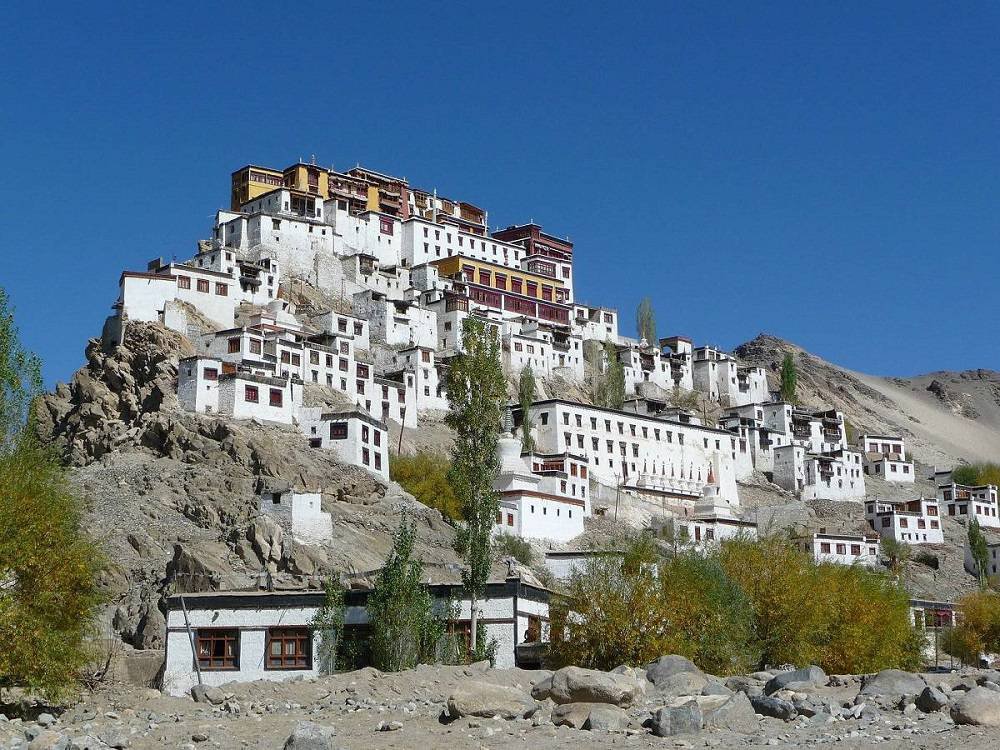
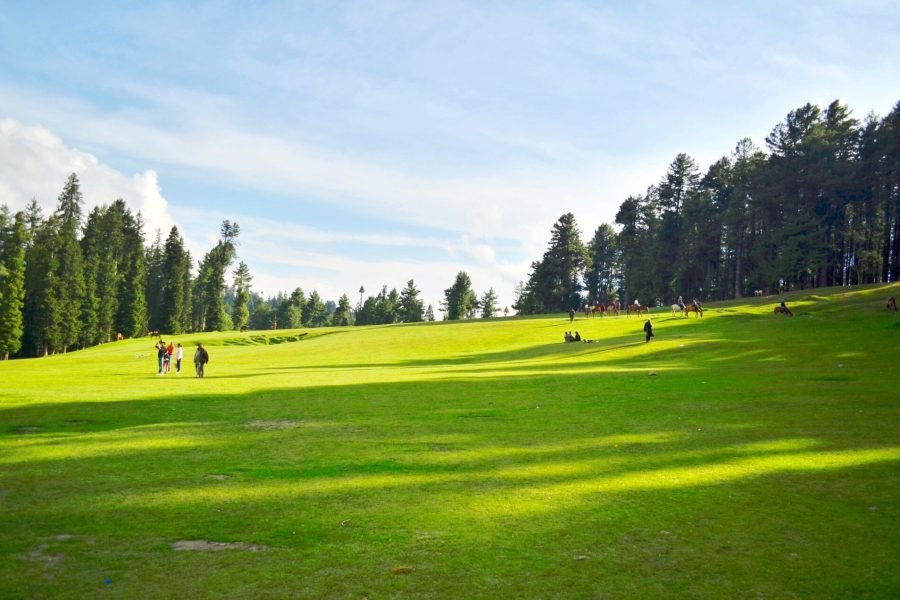
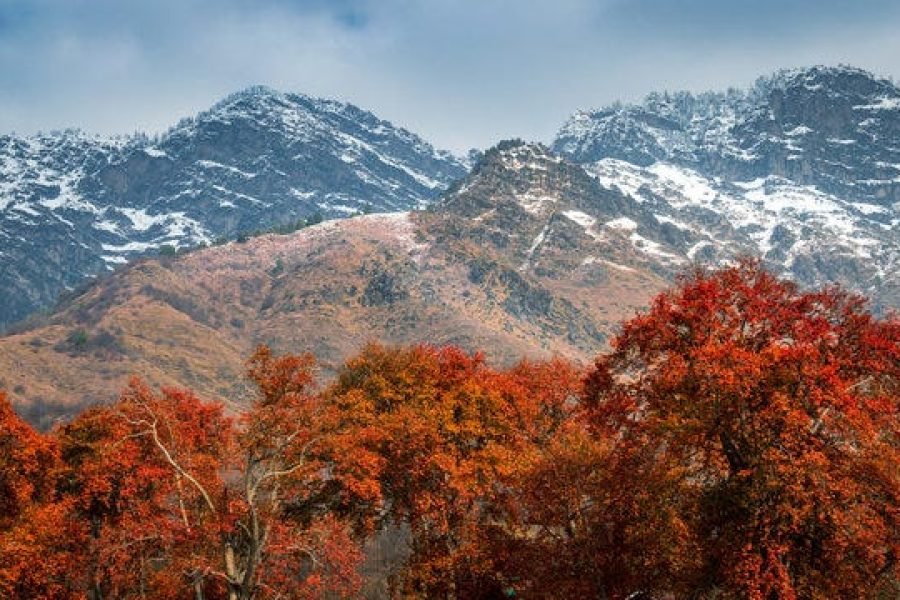
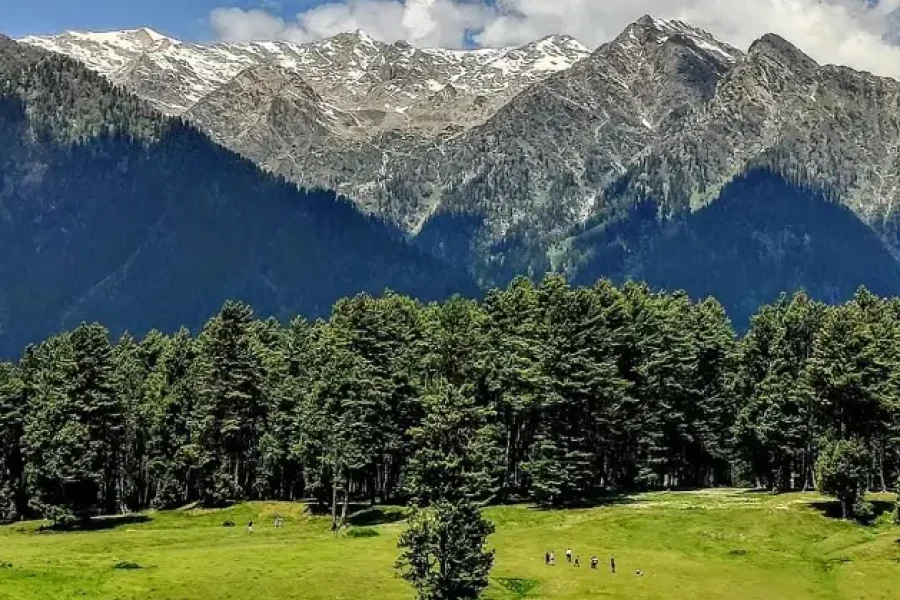
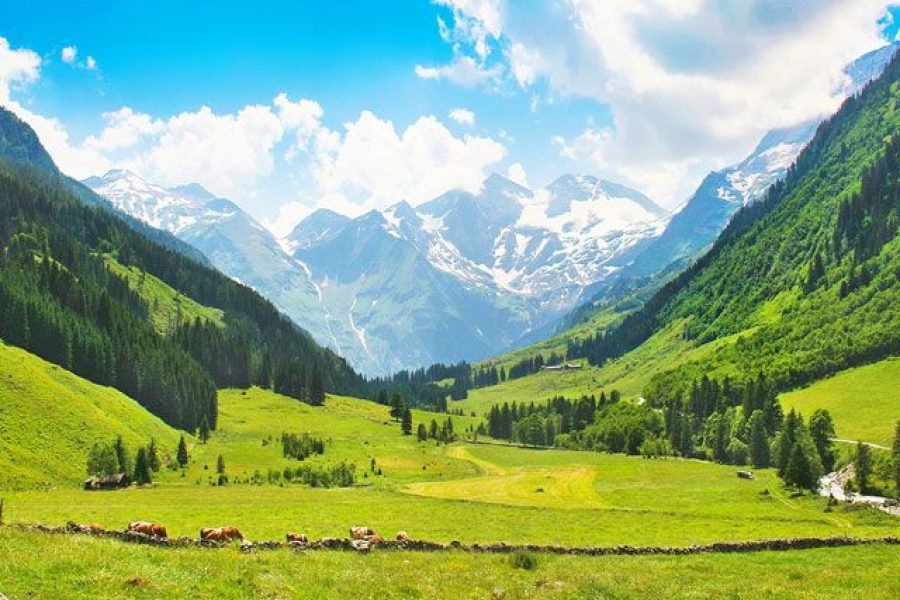
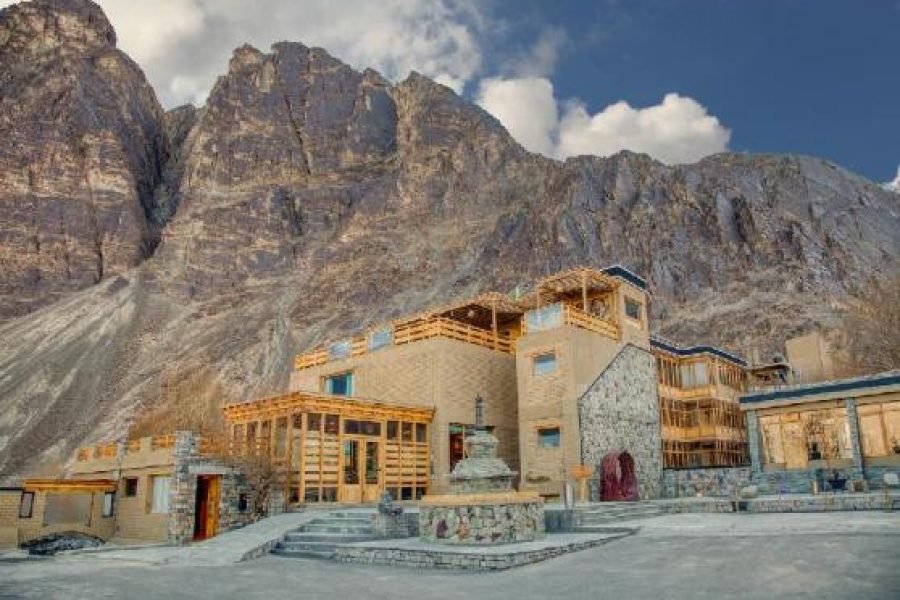
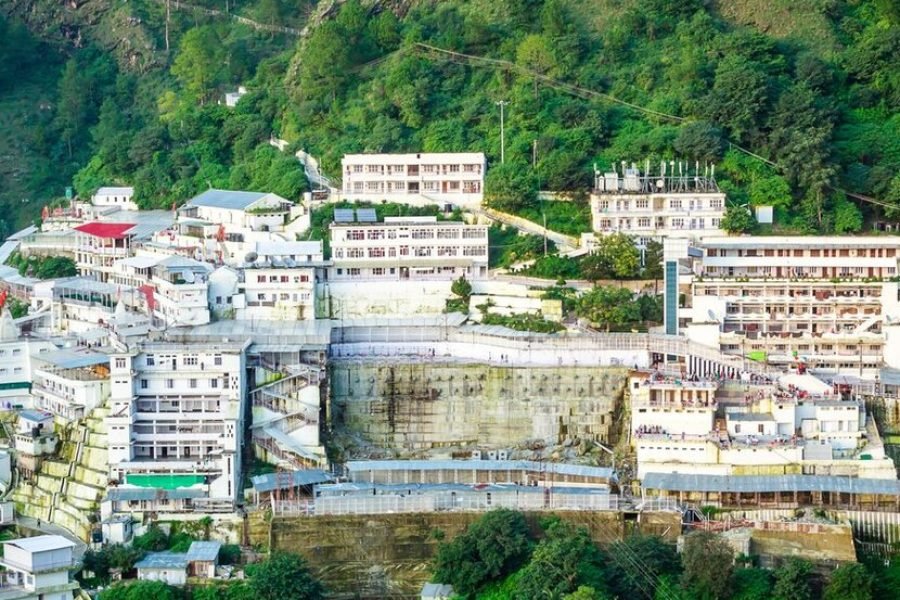
0 Comment